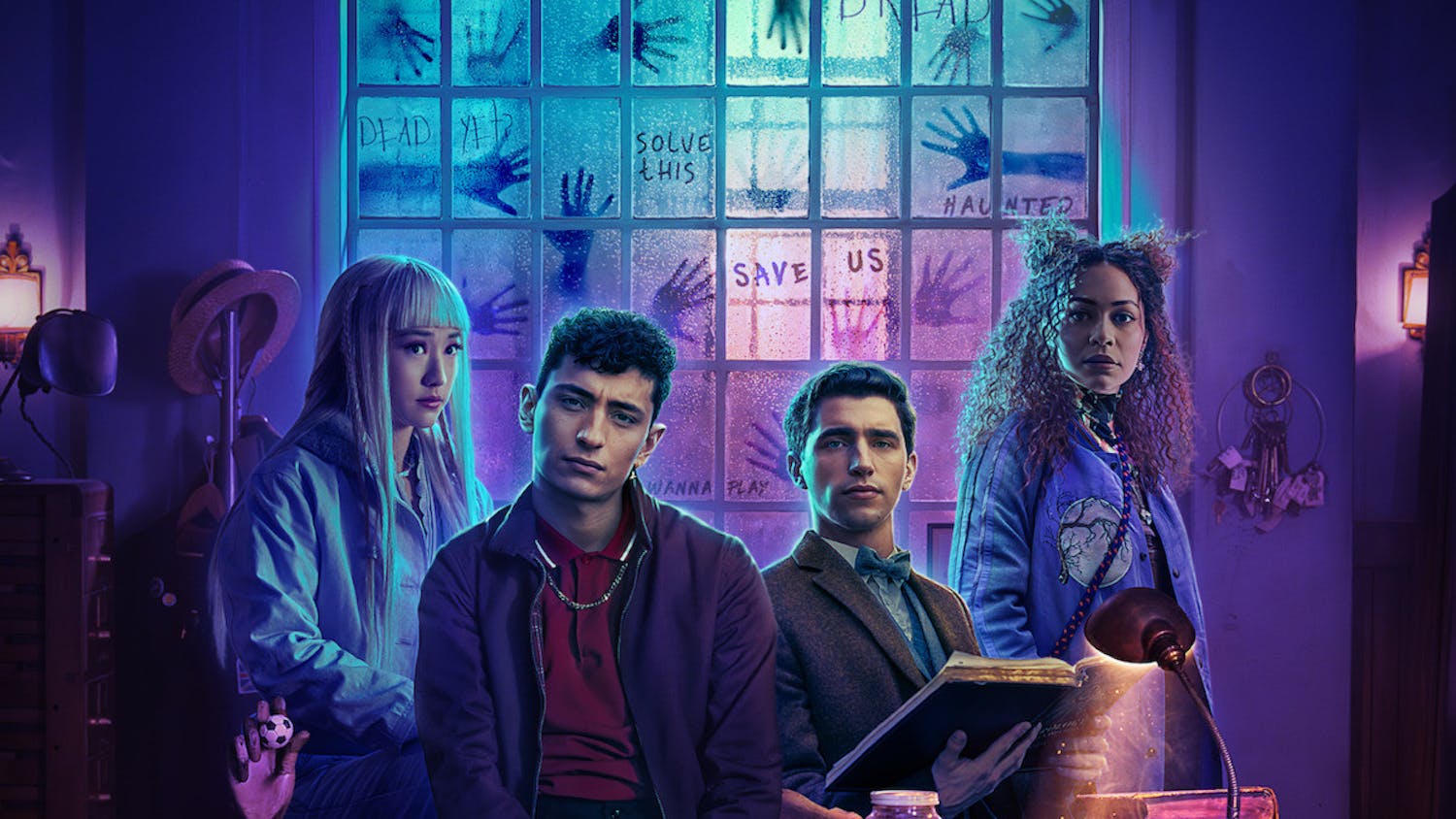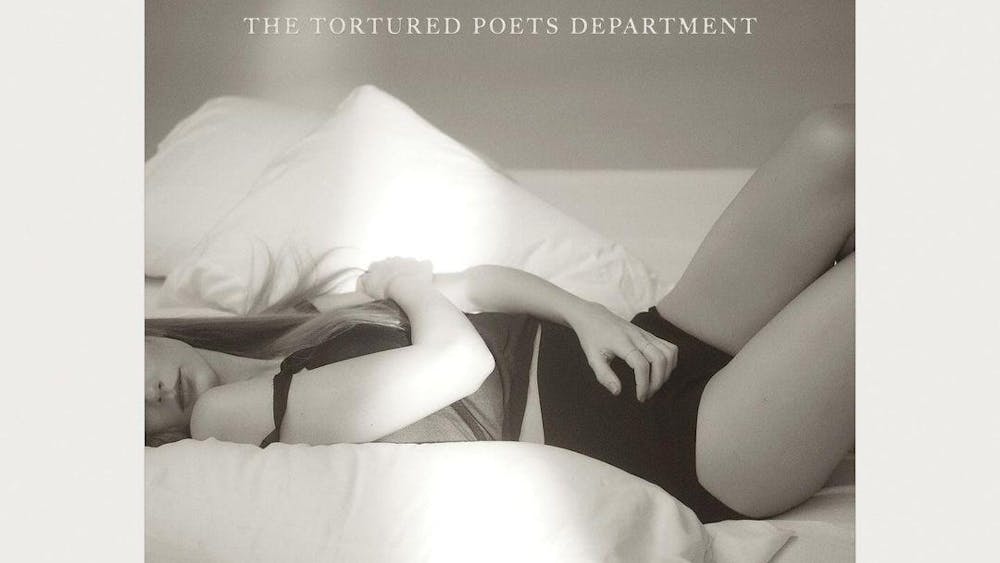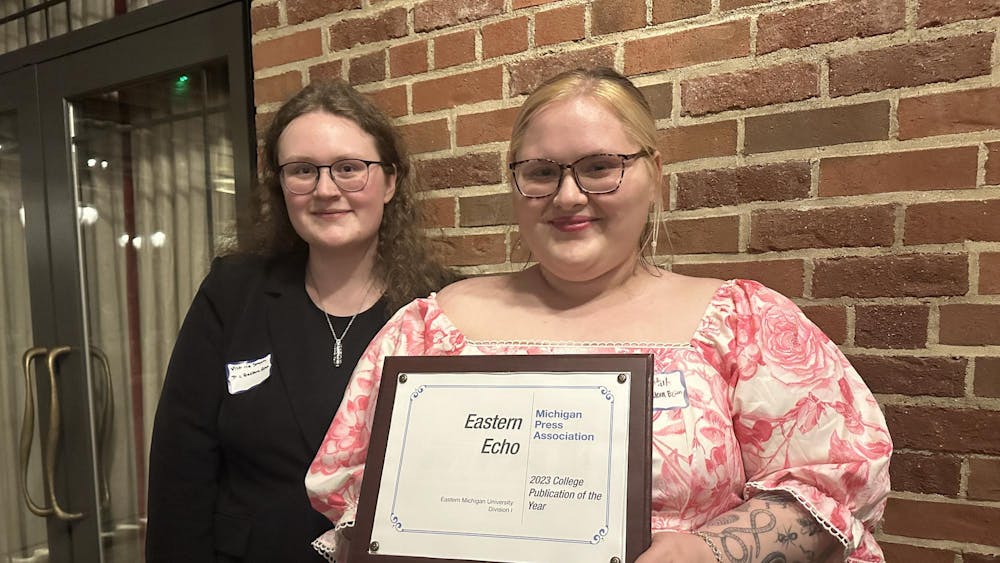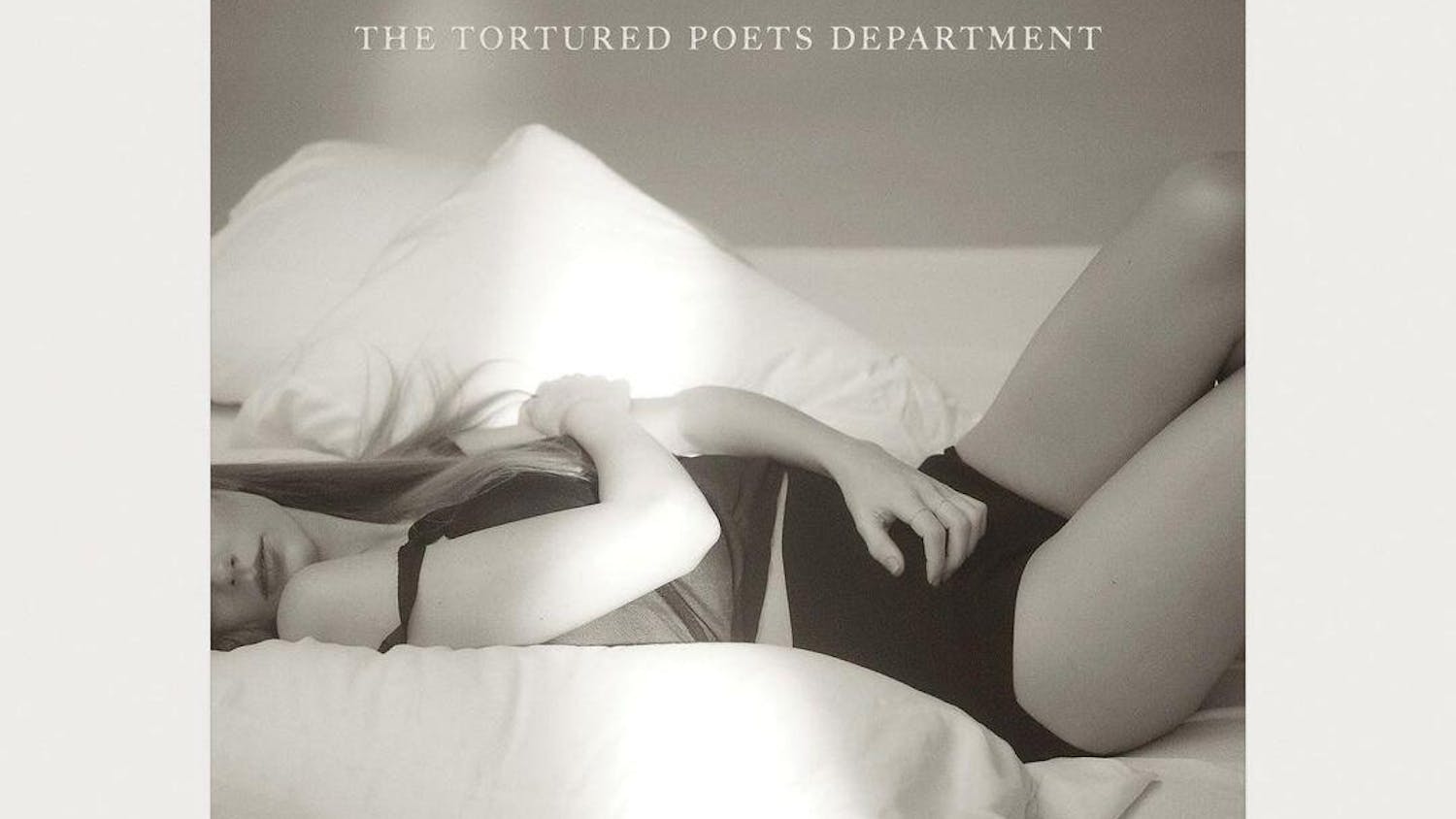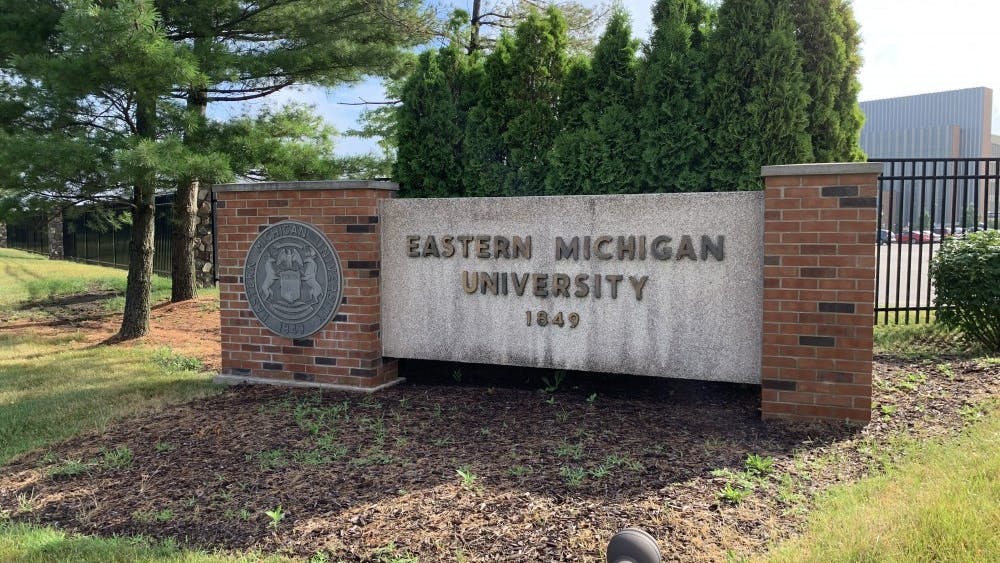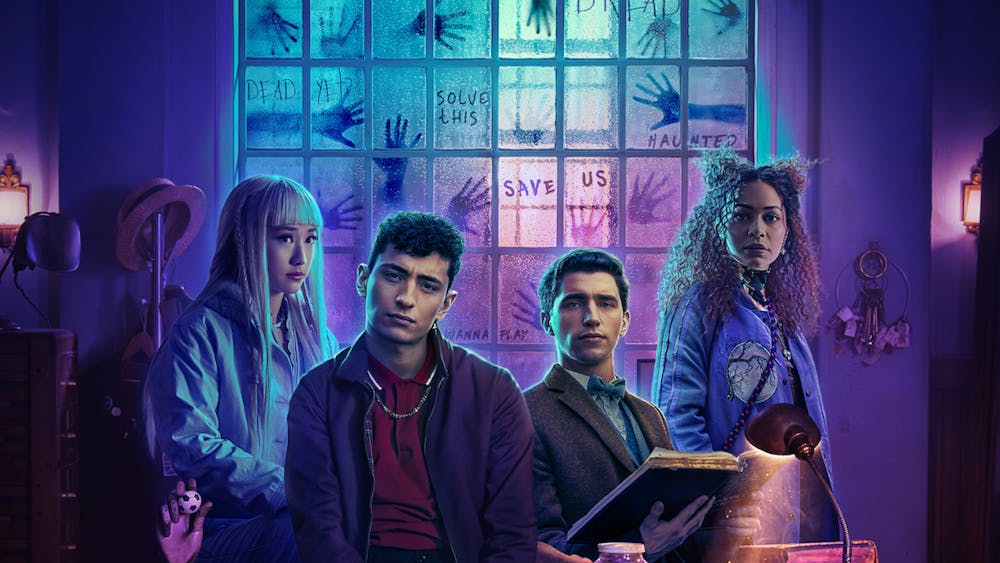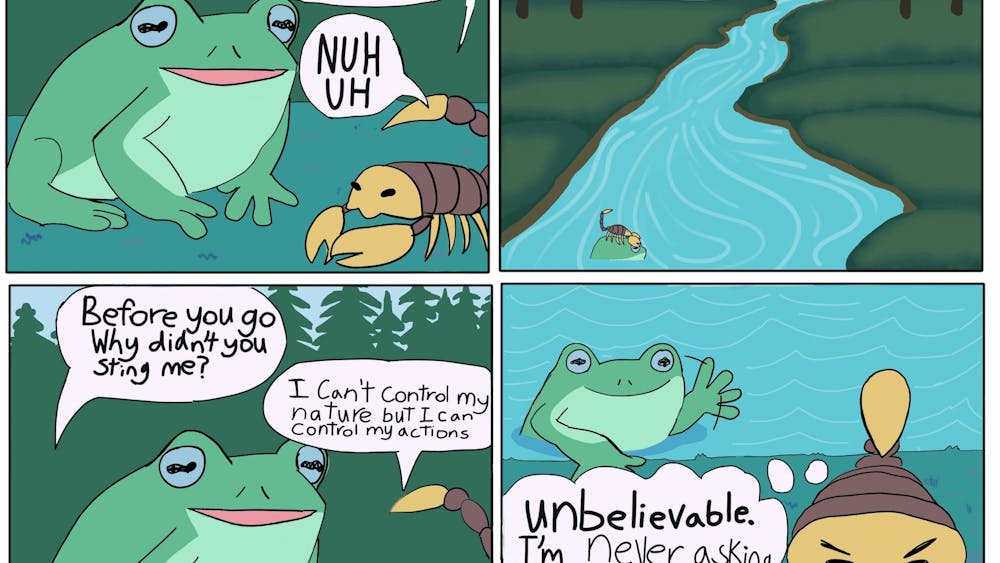For Diego, a dance video created by Eastern Michigan University Professor of Dance Dr. Joanna McNamara will be presented May 20 at Zankel Hall in New York City, as part of a Manhattan Contemporary Chamber Ensemble (MCCE) performance.
“Dancing is very challenging,” EMU student and dancer Jermaine Dickerson said. “However, video dancing is even more of an interesting experience.”
Dickerson is one of several dancers who performed in For Diego, including Jennifer Flanagan, Morgan Hertz, Chloé Gray, Amber Lawson, Anthony Milan, Mariah Robinette and Rebecca Zahm.
“Dancing for video takes a different level of focus,” Lawson said. “As in film acting/stage acting, the energy is different. Performance for the camera is much more about the detail and subtleties.”
For Diego was recorded at the Detroit Institute of Arts in Diego Rivera murals hall last year. The video took about a year of preparation, intense rehearsals, visits to the museum with dancers and crew and a full day of filming in the hall.
Professor Howard Cass, who is a member of MCCE, composed the music in For Diego, and performs on the piano in For Diego along with special guest Chris Gekker on trumpet.
Dickerson said that the DIA’s Diego Rivera Detroit industry murals inspired the dance, and each dancer was assigned a different section of the mosaic to aid them in their movement choices.
“My section touched on the man’s interaction with nature during the Industrial Revolution,” Dickerson said. “My movements were very bold and strong, reflecting both nature, machines and their relationship.”
Lawson also talked about the relationship between her choreography and the art.
“We are extensions of the artwork,” Lawson said. “Therefore during the piece, I took different sections of the artist’s work and tried to implement that in movement, as if to be dancing off the walls and telling the stories of the figures through movement.”
McNamara says that the dancers were very professional, especially given that filming was the week following final exams and one student had even graduated the day before filming began.
“We were in the museum from 8:30 in the morning until 5:30 that evening,” McNamara said.
Dickerson noted that the long hours of shooting weren’t easy.
“The actual video shooting was the most challenging process,” he said. “I believe we shot for a total of six hours straight.”
However, shooting is only the first step in creating a video dance.
“All of that was just part one of the project, though,” McNamara said. “Then came days of sifting through the video clips, editing, and then – magic – putting it together with Professor Cass’s Jazz Suite and actually seeing and hearing the completed video for the first time.”
According to Lawson and Dickerson, all of the work is worth it when you see the completed project.
“It is most rewarding to see the final product,” Lawson said. “It is seldom we get to see the final product of movement up close and personal, as well as see how we were only a part of the art that is truly here.”
“It was very rewarding to see the results once all was said and done,” Dickerson said.

